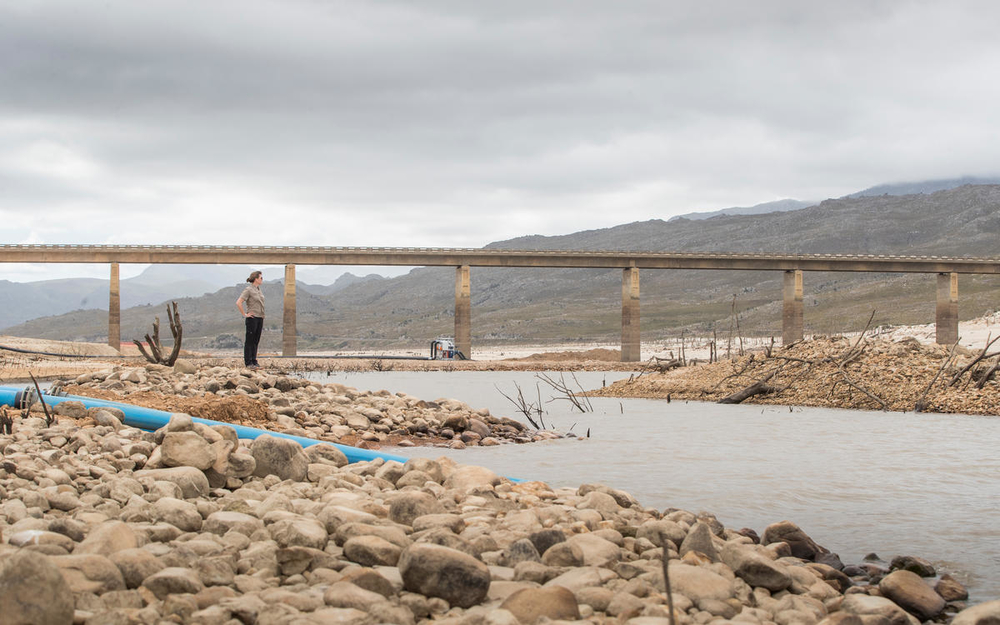Day Zero: The Cape Town Water Crisis and What it Means for Metro Manila
March 2019
Drought struck the South African city of Capetown in 2015. The drought lasted three years, leaving the city steeped in terrible water crisis. Whispers rang through the populace about the taps being closed, of homes and businesses alike losing all piped water sometime in 2018. The makings of humanitarian disaster were well in place.
Cape Town was the first major modern city to ever suffer such a degree of water shortage. As pipes run dry throughout Metro Manila, though, it seems we could very well be the next.

A dry, rocky riverbed on the outskirts of Threewaterskloof Dam, Cape Town. Threewaterskloof, main water source for the city of Cape Town, suffered under severe droughts that struck the region in 2015.
Photograph © James Suter / Black Bean Productions / WWF-US
Dry Days
Early 2018 saw the government of Capetown laying out plans for the coming disaster. They announced that April would see the arrival of Day Zero – the day the taps run dry.
Years before, such a disaster was unimaginable. The city of Capetown is surrounded by ocean on three sides, and has immediate access to a ridge known for its high humidity. Despite the supposed availability, however, factors of both physical and human origin led to an insufficiency in water supply.
A downward trend in rainfall over the crowded city culminated in 2017 with the lowest amount of rainfall seen since 1933. At the same time, the cities’ population almost doubled between 1995 and 2018, which led to growing rates of water consumption. City water management organizations were quick to react, however, and by the year 2015 the reservoirs keeping Capetown stocked with water were full – until the droughts hit.
Left complacent by the state of their own dams, their ability to manage their growing population and the seemingly perpetual presence of water, the city of Capetown was unable to mitigate the trouble brought in by the drought. Tantalizingly random rain showers kept people hoping, and little initiative was made to augment or diversify the supply coming from Voëlvlei Dam and the Berg River, Capetown’s only source of water. With a large and growing population, rare and inconsistent rain and no other water supply to run to, Capetown found itself spiraling into crisis.
The humid and tropical coasts of Metro Manila are thousands of miles from the tip of South Africa – and yet we’ve found ourselves in a similar situation. How did we get here and what can we do to protect our precious water sources?
Part one in a three-part story series. Read part two here and part three here.
For more information, please contact:
Communications & Media Manager Mr. Dan Ramirez (dramirez@wwf.org.ph)
